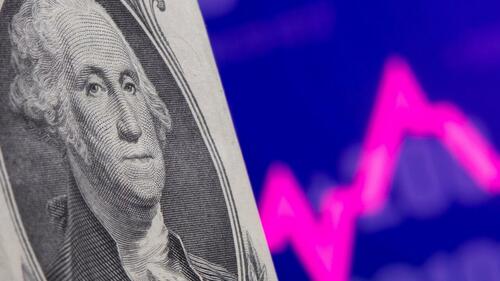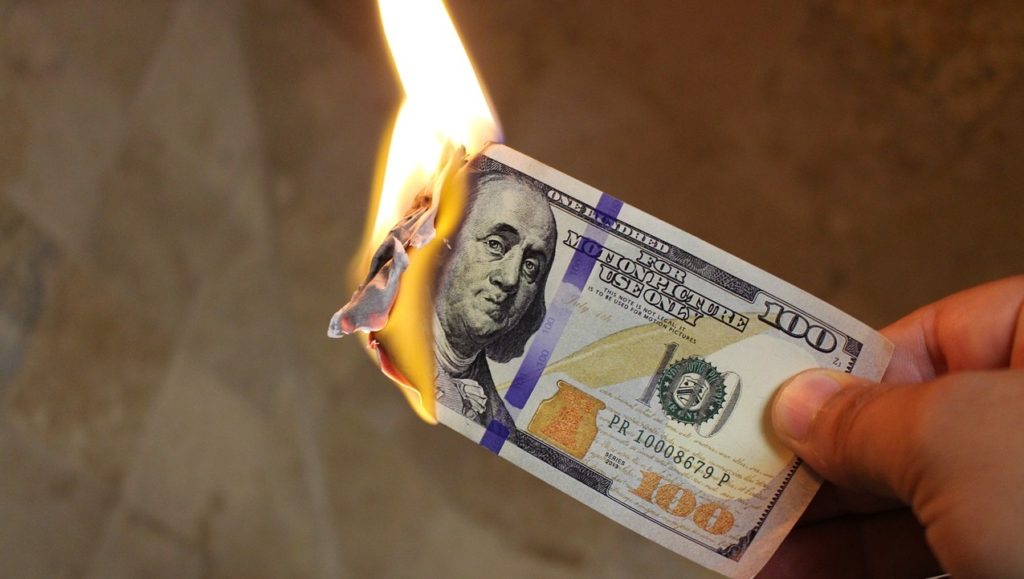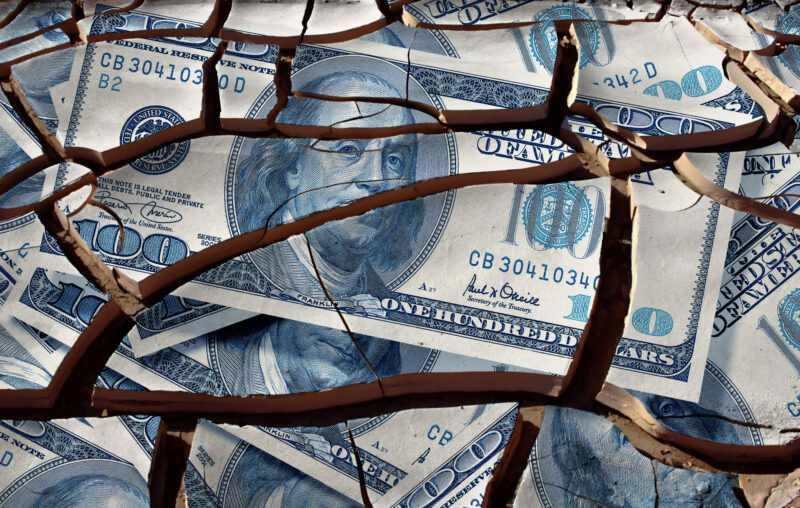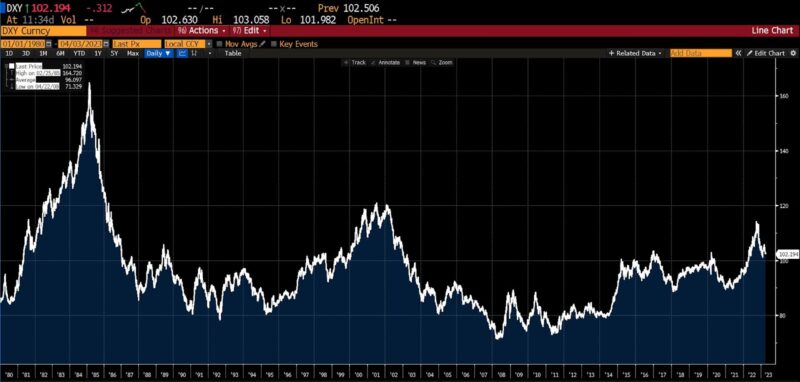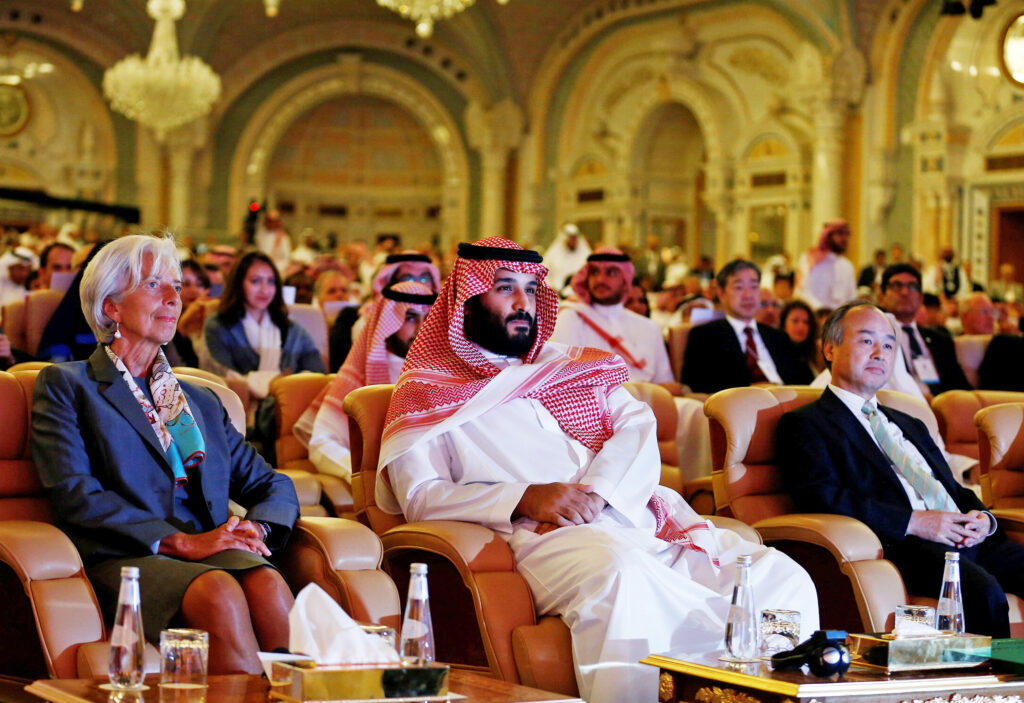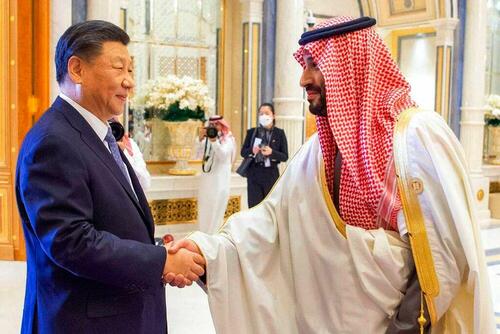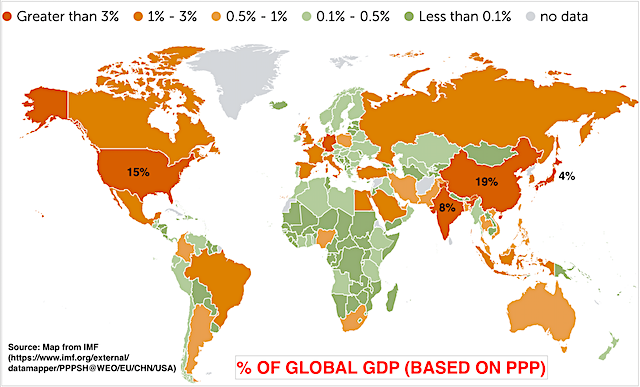
Much has been written in recent years about “De-dollarization” — the shift from the use of the US dollar as the “international reserve currency” in favour of more diverse bi-lateral and multi-lateral currency agreements and transactions.
The current system has a long and complicated history, but its most essential features are as follows:
- In 1944, with the war grinding on and currencies in crisis, most countries signed on to the Bretton Woods Agreement, which “required countries to guarantee convertibility of their currencies into U.S. dollars to within 1% of fixed parity rates, with the dollar convertible to gold bullion for foreign governments and central banks at US$35 per troy ounce”. The US dollar hence replaced the “gold standard” with US dollar reserves, rather than amounts of gold, being what each country was required to maintain to support the fixed rates of exchange. The IMF was simultaneously established to enforce the Agreement.
- This replacement of gold with the US dollar created for the US what is called exorbitant privilege. It means that basically they can create (print into existence) additional US dollars without limit and without any requirement that they be supported by assets, and other countries are required to honour them as ‘real’ money. As a result, the US can run up unlimited deficits (eg through reckless military and ‘security’ spending), deficits that would render any other country bankrupt and lead to a crippling devaluation of their currency and severe IMF-imposed restrictions on future spending (as has happened to many ‘developing’ countries in the Global South).
…click on the above link to read the rest…




